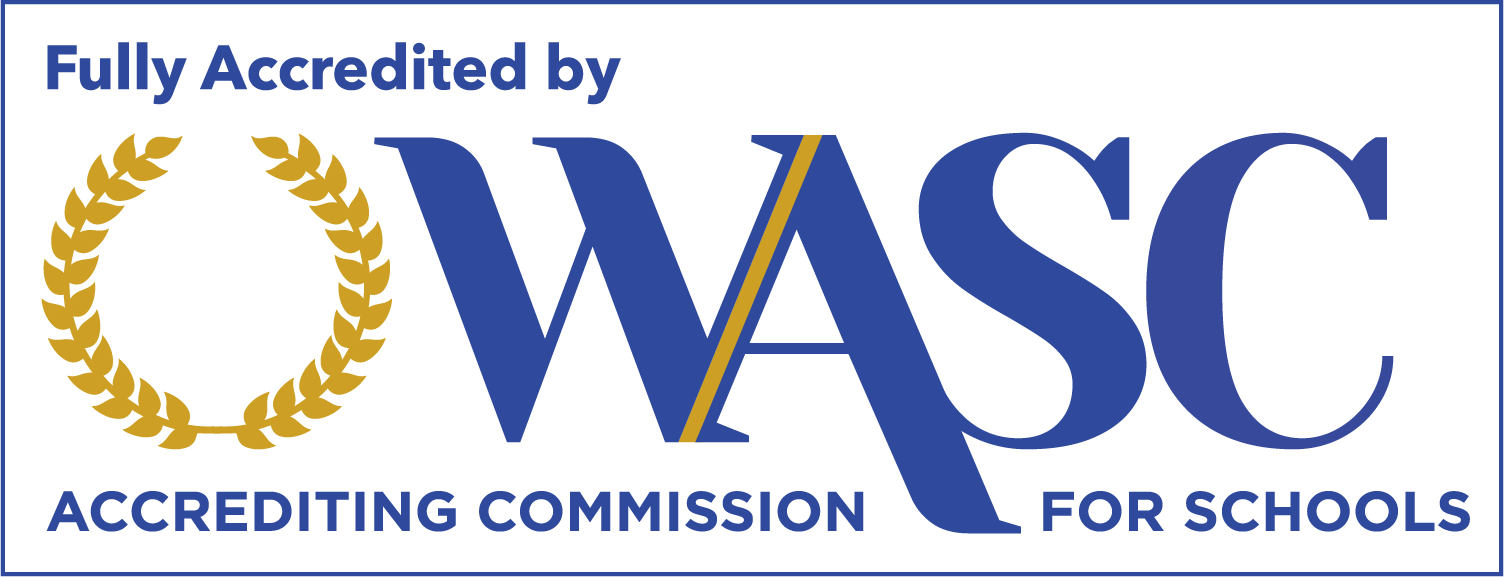A New Era of Learning: The Role of Structured Literacy
Does your child struggle with reading? You’re not alone. Many children face challenges like dyslexia or dysgraphia, making reading a frustrating experience. But there’s hope! Structured Literacy is proven to help students excel in reading.
Supported by research from the National Reading Panel, this approach equips students with the skills they need to succeed in school.
At READ Academy, we’re ushering in a new era of teaching that liberates students to master their reading skills once and for all. Find out how this method can dramatically improve your child’s academic experience below—and ignite a passion for lifelong learning.
The Foundation of Structured Literacy
Understanding Structured Literacy’s core principles is essential, as they shape how students learn and experience the power of reading.
In the upcoming sections, you’ll gain insight into the essential components that serve as the cornerstone of this teaching strategy, illustrating how they collectively shape a reliable system for reading instruction.
Defining Structured Literacy in Today’s Context
Structured Literacy is a comprehensive approach to reading instruction that aligns with the science of reading. It emphasizes the explicit and systematic teaching of foundational skills, including phonemic awareness, phonics, fluency, vocabulary, and comprehension.
Structured literacy uses a straightforward, step-by-step approach to ensure that all students receive the support they need to thrive in school regardless of their learning differences. It’s particularly beneficial for children with dyslexia, as it addresses the specific challenges they face in developing reading skills.
Exploring the Core Components and Their Impact
At the heart of Structured Literacy are vital components that work harmoniously to create a robust learning experience. These include phonemic awareness, phonics, fluency, vocabulary, and comprehension. Structured Literacy ensures students develop a solid foundation in reading skills by focusing on each area.
As students progress through the Structured Literacy framework, they gain the tools and strategies necessary to decode words, read fluently, and comprehend complex texts. This approach empowers learners to overcome challenges and opens the doors to a new world of academic and personal opportunities.
How Structured Literacy Elevates Reading Skills
Structured Literacy isn’t just another teaching method—it’s a game-changer. This research-backed approach addresses unique reading challenges while adapting to diverse learning styles and environments. The result? Students gain the skills and confidence they need to soar in reading!
So, how does Structured Literacy achieve these remarkable results? Let’s examine it more thoroughly and see how it targets key reading challenges precisely.
Targeting Key Reading Challenges With Precision
Structured Literacy targets students’ specific learning and reading hurdles, such as phonemic awareness, decoding, and comprehension difficulties. By providing explicit instruction and targeted interventions in these areas, Structured Literacy helps students overcome their reading obstacles and build a strong foundation for future success.
Structured Literacy creates a highly effective approach to reading by emphasizing consistent, building-block instruction. Whether facing the challenges of dyslexia or needing extra support, this methodology adjusts to each student’s requirements, propelling them to new levels of reading proficiency.
The Role of Parents and Caregivers in Supporting Literacy
As a parent or caregiver, you play a vital role in supporting your child’s literacy development.
By reinforcing learning at home and collaborating with educators, you can watch your child’s reading skills blossom and nurture a lifelong love for learning.
The following sections will provide practical tips and strategies for significantly enhancing your child’s literacy development.
Strategies for Continuous Growth at Home
As a parent or caregiver, you can reinforce your child’s learning at home by creating a literacy-rich environment. Surround them with engaging and accessible reading materials, such as books with clear fonts, high-interest topics, and features like audiobooks or online support resources.
Consider:
- High-interest, low-vocabulary books: Cater to your child’s age and interests while minimizing frustration with complex words.
- Graphic novels and comics: The visual elements can enhance comprehension and make reading more enjoyable.
- Audiobooks: Listening to stories can build vocabulary, comprehension, and a love for narrative, even if independent reading is challenging.
Make reading a fun and collaborative experience:
- Reading aloud together: Model fluent reading and engage your child by discussing the story, characters, and pictures. Invite them to follow along with a highlighted copy.
- Focus on storytelling: Discuss the plot, characters, and cause-and-effect relationships. This practice can strengthen comprehension, even if decoding is tricky.
- Interactive activities: Act out scenes or create artwork based on the story. Keeping them engaged reinforces comprehension.
- Celebrate progress: Acknowledge and celebrate your child’s efforts and wins, no matter how small.
Remember, consistency is key! Establish regular reading times and find ways to integrate them throughout the day. Creating a positive and supportive environment can nurture a love for learning and help your child develop strong reading skills.
Teamwork Makes the Dream Work! Partnering with Your Child’s Teachers
Cultivate a strong partnership with your child’s teachers and school administrators. Open and frequent communication is critical to ensuring your child receives the support they need at school and home.
Attend parent-teacher conferences, participate in school events, and stay informed to demonstrate your commitment to your child’s education. Collaborating with educators creates a supportive environment that enhances your child’s academic development.
Building a Brighter Future, One Reader at a Time
Structured Literacy unites educators, parents, and caregivers to drive reading success. By working together, every student gains the essential support needed to shine. This collaborative approach paves the way for endless possibilities, giving students the literacy skills required to achieve greatness in school—and life.
Ready to see a difference in your child’s reading? Contact Us today to learn how READ Academy’s Structured Literacy program can support your child’s literacy journey!




